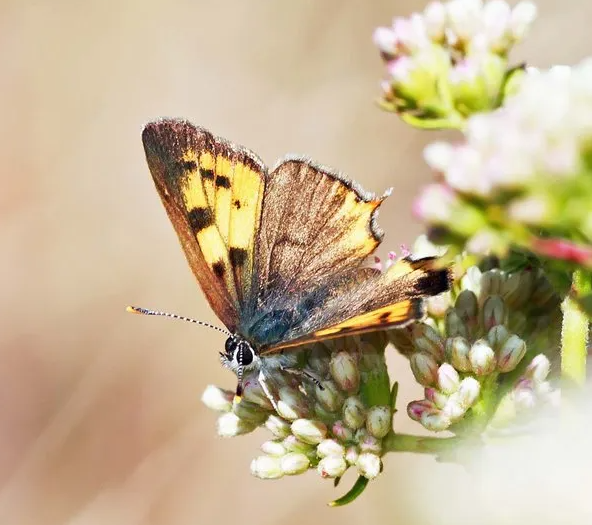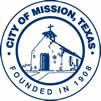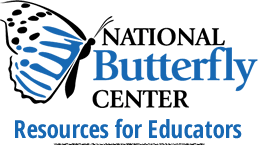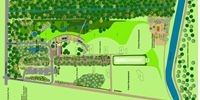9 Butterflies that Need More than Monarchs
 Lessons & Reflections from the National Butterfly Center
Lessons & Reflections from the National Butterfly Center
Last week, the curious inquiries and frenzied interview requests began to come in, again; only this time, it was about the butterflies. Specifically, an Associated Press article published on July 21 , 2022, with the headline, “Beloved monarch butterflies now listed as endangered,” seemed to have sparked a wave of reactionary alarm among reporters and butterfly enthusiasts, alike.
Without reading the article or perhaps understanding how the determination of species status works in the United States, many in the public and the press believed the beloved Monarch—a butterfly the U.S. Fish & Wildlife Service has considered listing—was now officially listed as Endangered. This is not the case.
The sensational headline actually referred to the decision by the International Union for the Conservation of Nature, an advocacy group based in Switzerland, to add the Monarch to their proprietary Red List of Threatened Species, as Endangered. While this action represents an escalation of concern for the migratory Monarch, it has no real world implications for the species and in no way affects the ways in which humans may relate to them, not only in the United States, but globally.
If the Monarch were to become federally-listed by the U.S. government, legal prohibitions and consequences for violating them would come into play. The new rules might restrict human handling of the species; ban their commercial breeding and sale; outlaw harvesting of Monarchs in any stage of their lifecycle for home raising by hobbiests; eliminate the use of lethal pesticides and selective herbicides, such as neonicotinoids and glyphosate; and more. These are just a few of the reasons why the species is not likely to be listed, domestically.
However, there is good news. Regardless of how dramatically overwintering population numbers of Monarchs may vary each year, the species remains “globally secure” (in as much as any species can be in the face of accelerating climate change). Still, there are at least nine, unique butterflies on the North American landscape that are critically imperiled—and only six of those have been listed as Endangered by the U.S. Fish & Wildlife Service. Those six recognized species are, in no particular order:
- Florida Leafwing,
- Miami Blue,
- Schaus’ Swallowtail,
- Bartram’s Scrub-Hairstreak,
- Hermes Copper, and
- Poweshiek Skipperling.
Four of those six are endemic to Florida, while one is from California, one is from the northern prairies of the Dakotas, and all are severely limited in range. Three more species that should be as Endangered by USFWS are:
- Zestos’ Skipper,
- Dakota Skipper,
- Manfreda Giant-Skipper.
The Dakota Skipper is native to the grassland prairies of southern Canada, to the Dakotas, and east to Minnesota and Wisconsin, similar to the range of the Poweshiek Skipperling; while the Manfreda Giant-Skipper is found only in South Texas and northern Mexico. Each of these species is now relegated to a few counties or a couple of colonies, while the Zesto’s Skipper has been extirpated in the U.S. altogether.
How does this happen?
Butterflies disappear from the landscape when their host plants disappear, undercutting their ability to reproduce, or when the adults die off, usually from environmental toxins or disease. Unlike the Monarch, whose range includes much of three continents, across which their host plant, milkweed, may be found in more than 100 varieties; most species have only one or two viable hosts, and these may be highly-localized or endemic to a limited region. As a result, habitat development or destruction in any given place that causes a reduction or elimination of host plants, is likely to turn up the heat on the sustainability of species.
In concerted and well-publicized campaigns to “save the monarchs,” organizations like the Monarch Joint Venture, (of which the North American Butterfly Association is a founding partner,) have encouraged people to plant milkweed in an effort to restore habitat and create healthy breeding grounds. Unfortunately, few are doing this for the lesser known species that are less iconic and less socially valued than the large, colorful and “courageous” Monarch, who makes a treacherous, transcontinental journey, akin to the mythological hero’s journey of figures we study, memorialize and celebrate…
If only we could anthropomorphize, adopt and advocate for every species on the North American landscape and work to support its survival!
The North American Butterfly Association is one of very few organizations actively engaged in habitat acquisition and restoration, environmental education and advocacy focused solely on creating healthy ecosystems to save all butterflies—not just the Monarch. In the Rio Grande Valley, we’ve launched rare plant surveys, conducted soil samples, attempted propagation of host plants and even acquired land in permanent conservation easement to preserve and enhance habitat for the rarest butterfly in Texas, the Manfreda Giant-Skipper. Our Florida Butterfly Movement is doing the same thing for the endangered pine rocklands habitat, in order to provide for the endangered Miami Blue, Bartram’s Scrub-Hairstreak and Florida Leafwing.
No other organization is working diligently, as we are, to strategically identify, possess and revegetate critical land mass to save these unsung heroes, to whom our survival is intimately tied.
There are many reason’s NABA’s slogan says, “If we can save the butterflies, we can save ourselves.” We invite you to learn more about this and about our important projects in Texas and Florida, and encourage you to form a NABA chapter where none exists, so we may advance our mission in other places, like the northern plains and southern California, for the Poweshiek Skipperling and the Hermes Copper.
For the Monarch and for all humankind, we beseech you to fall in love with all of the butterflies, and join us in creating a patchwork of prairies, gardens and forests that is beneficial and blooming, for all.
PHOTO CREDIT: Hermes Copper by Ken WIlson










 Media
Media